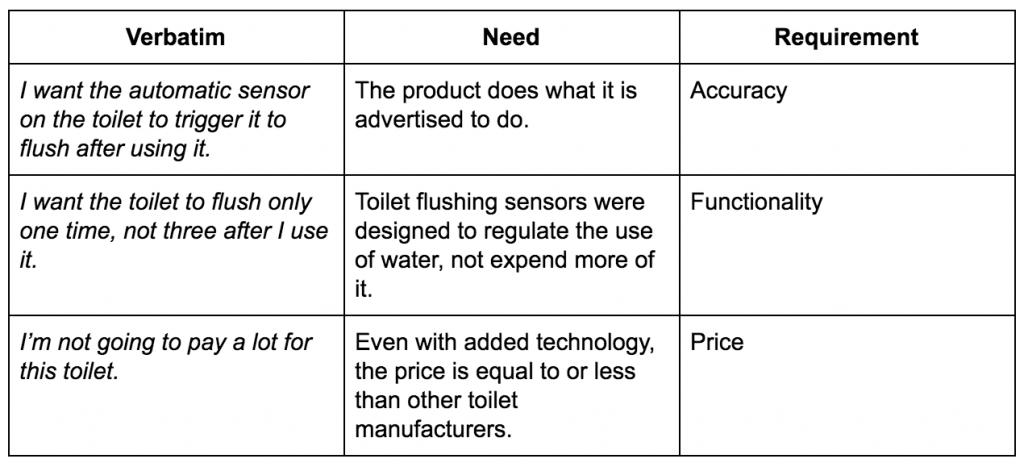The information age leaves us drowning in new insights, perspectives, and ideas each and everyday. We can find what’s happening in the world instantaneously and within a click or two. Your company faces the same challenge when searching for product feedback from customers and your target audience. This feedback is essential for building the foundation of a modern voice of the customer program. Implement effective voice of the customer strategies to uncover feedback hidden within your organization. It’s easier than ever to share thoughts, opinions, and feelings on products in the marketplace.
If you’re not leveraging the information from your customers about your product and areas for improvement, you’re missing a major opportunity. Even if your product is excellent, failing to act on this feedback can make it harder to stay market relevant.
In this post, we will focus on the importance of capturing all types of feedback about your product. This includes how people use it, why they use it, and potential new uses for it. Gathering this feedback is integral to maintaining a high-functioning voice of the customer program.
Impact of VOC on your business
When you type “voice of the customer” into Google, related searches highlight the big-picture impact of VOC: What is critical to quality? A well-built and consistently managed VOC program ensures your product’s quality remains at its best at all times. With a VOC program, organizations will also start to see:
- Higher customer retention, trust, and loyalty
- Lower churn rates
- Bigger market share
- Competitive advantage
- Product/market fit
“Voice of the customer is the customer’s voice, expectations, preferences, comments, of a product or service in discussion. It is the statement made by the customer on a particular product or service.” – SixSigma Institute
Collect the good, the bad, and the ugly for a dynamic program that helps fill gaps and identify potential issues. Even if the feedback isn’t all positive, it can still be useful. Collecting only positive feedback could lead to stagnation in product innovation and growth. This approach might prevent you from introducing new features or improvements to your customers. After long, product relevance would fall flat.
Information collection methods you can use right now to strengthen your VOC program:
- Focus groups
- Market research
- Customer face-to-face interviews
- Super-user feedback
- Employee interviews from other departments outside of product (i.e. marketing, sales, customer service)
- Surveys
For more information on collecting data from each of the above methods, read our earlier post in the VOC series here.
How to take the feedback and turn them into action items for your product team
When customers purchase your product, they come with their own set of expectations. These expectations vary based on the purchase price, their existing relationship with and perception of your brand, and the intended end-use of the product. To illustrate taking feedback and turning it into actionable items, we’ll use an example many of our audience has likely encountered in a public restroom.
Translating core user/customer experience feedback carries the product to be in the prime of its lifecycle at all times while also solving adoption barriers for the end-users.
Uncover the feedback from hiding!
- Marketing: Social media channels they manage, feedback from live events such as tradeshows or conferences
- Marketers are often approached by users of the organization’s product, making it easy to start a conversation at a tradeshow. The conversation often goes, “I know someone in my organization who is frustrated because this feature doesn’t work.” This is the type of feedback loop that needs to be in place even if at the service holding marketing event does not seem like the priority of a product manager.
- Customer Service: The nature of service and help inquiries
- Sales: What functionalities customers ask sales reps to show or explain more about





